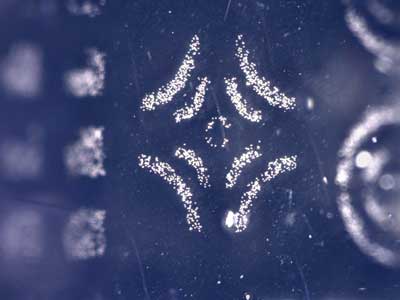 New technique could enable assembly of circuit boards and displays with more minute components.
New technique could enable assembly of circuit boards and displays with more minute components.
Friday, October 11, 2019
'Electroadhesive' stamp picks up and puts down microscopic structures
 New technique could enable assembly of circuit boards and displays with more minute components.
New technique could enable assembly of circuit boards and displays with more minute components.
Nanoscale manipulation of light leads to exciting new advancement
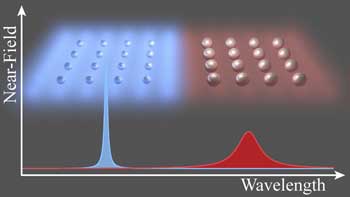 Decreasing the density of nanoparticles in ordered arrays produces exceptional field enhancements.
Decreasing the density of nanoparticles in ordered arrays produces exceptional field enhancements.
New research integrates borophene and graphene into heterostructures
 Engineers have created two-dimensional (2D) heterostructures from graphene and borophene, taking an important step toward creating intergrated circuits from these nanomaterials.
Engineers have created two-dimensional (2D) heterostructures from graphene and borophene, taking an important step toward creating intergrated circuits from these nanomaterials.
Funding for research into three-dimensional magnetic nanostructures
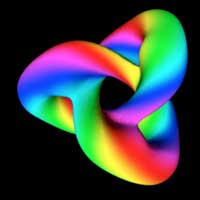 In the '3D MAGiC' project, researchers will explore still largely unknown nanoscale 3D magnetic structures, which show particle-like properties and whose existence has so far only been predicted theoretically.
In the '3D MAGiC' project, researchers will explore still largely unknown nanoscale 3D magnetic structures, which show particle-like properties and whose existence has so far only been predicted theoretically.
Shaping nanoparticles for improved quantum information technology
 Researchers report the cause behind a key quantum property of donut-like nanoparticles called 'semiconductor quantum rings'. This property may find application in quantum information storage, communication, and computing in future technologies.
Researchers report the cause behind a key quantum property of donut-like nanoparticles called 'semiconductor quantum rings'. This property may find application in quantum information storage, communication, and computing in future technologies.
Liquid metals the secret ingredients to nanotechnology-enabled metallurgy
 Chemical engineers shine a light on the mysterious world of liquid metals and their role as catalysts to speed up chemical processes using low amounts of energy.
Chemical engineers shine a light on the mysterious world of liquid metals and their role as catalysts to speed up chemical processes using low amounts of energy.
Vibration in one direction only
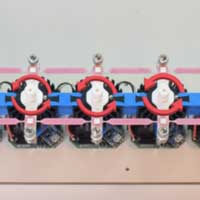 For many applications, having materials that transmit vibrations in one direction, but not in the other, would be extremely useful. In nature, such materials do not exist, but a group of physicists has now designed a metamaterial that can do just that.
For many applications, having materials that transmit vibrations in one direction, but not in the other, would be extremely useful. In nature, such materials do not exist, but a group of physicists has now designed a metamaterial that can do just that.
Radiation detector with the lowest noise in the world boosts quantum work
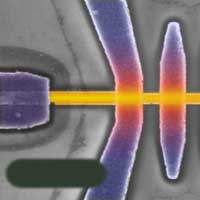 The nanoscale radiation detector is a hundred times faster than its predecessors, and can function without interruption.
The nanoscale radiation detector is a hundred times faster than its predecessors, and can function without interruption.
Physicists look to navigational 'rhumb lines' to study polymer's unique spindle structure
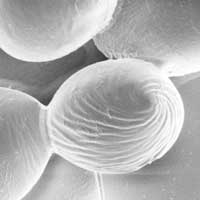 A new study describes how spheres can be transformed into twisted spindles thanks to insights from 16th century navigational tools. Researchers show how polymers can contract into spiral structures, known as loxodromes, that have complex patterning ten times smaller than the width of a human hair.
A new study describes how spheres can be transformed into twisted spindles thanks to insights from 16th century navigational tools. Researchers show how polymers can contract into spiral structures, known as loxodromes, that have complex patterning ten times smaller than the width of a human hair.
Subscribe to:
Comments (Atom)
